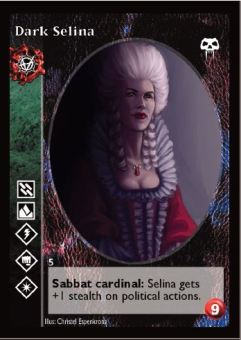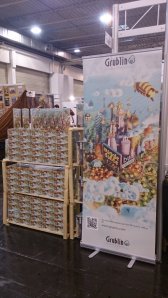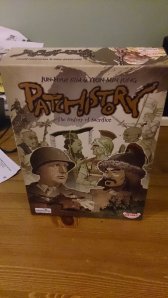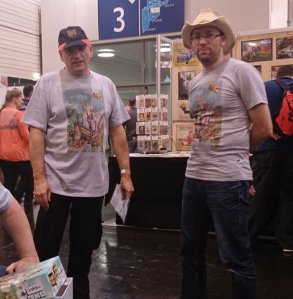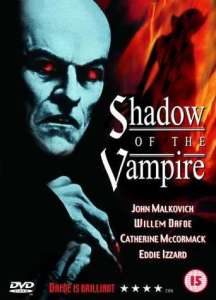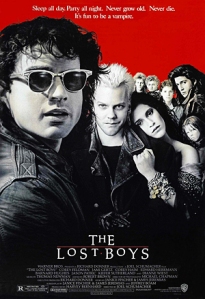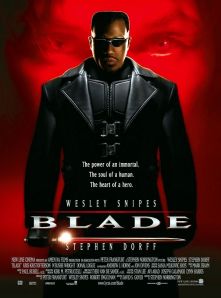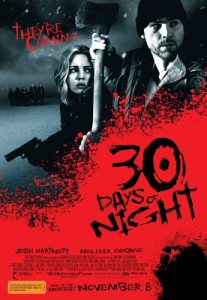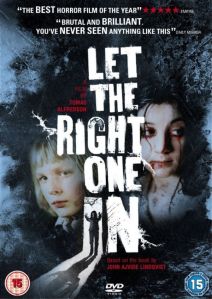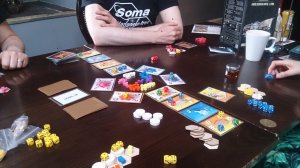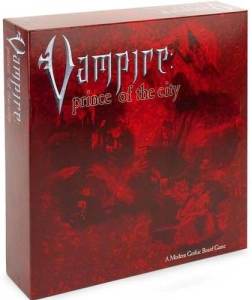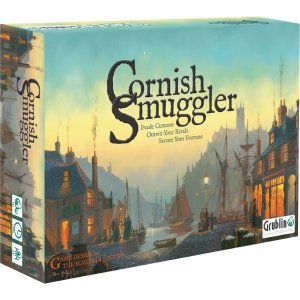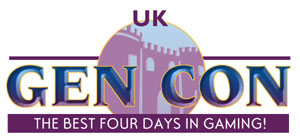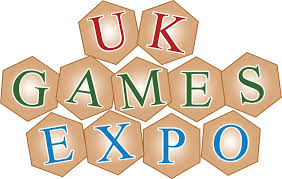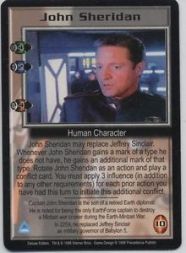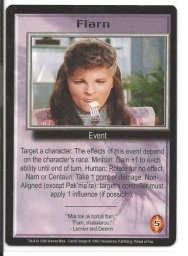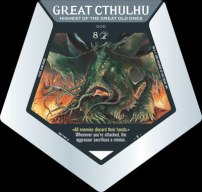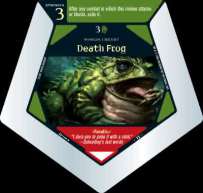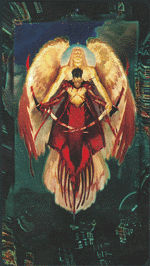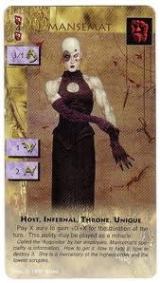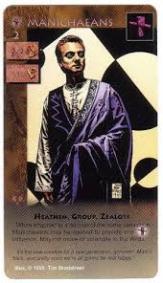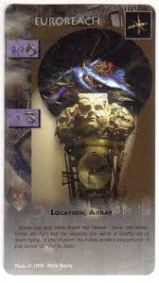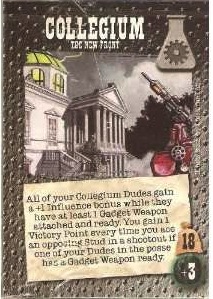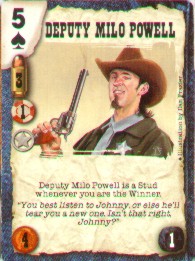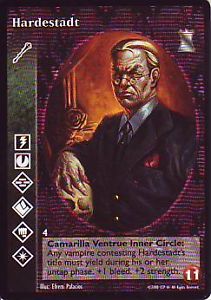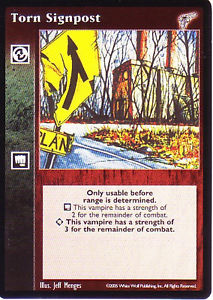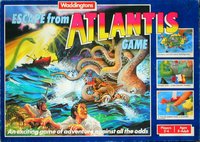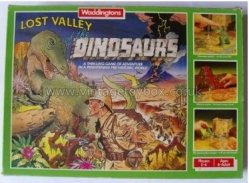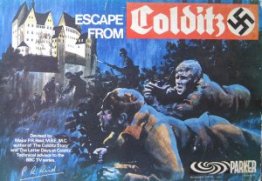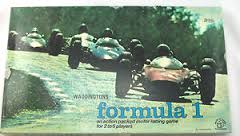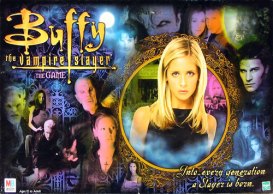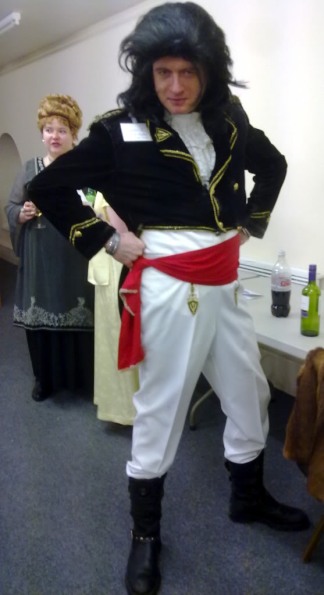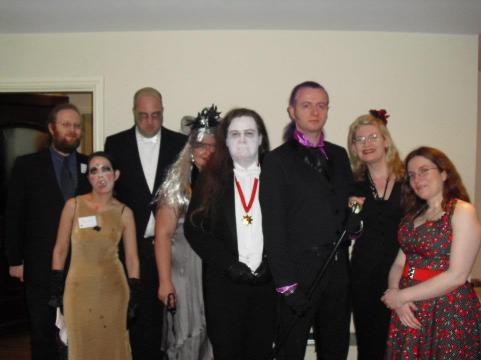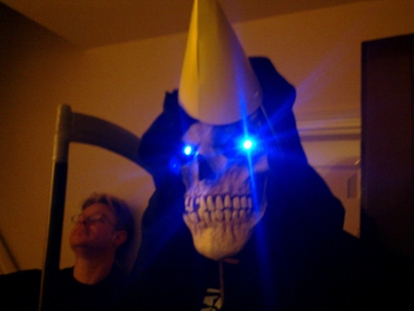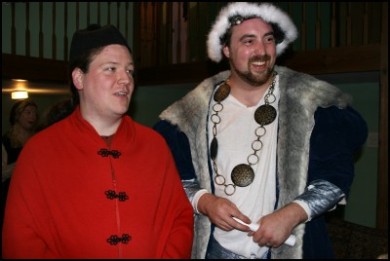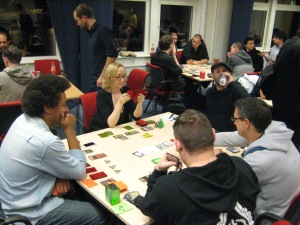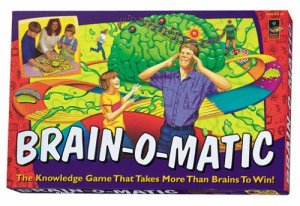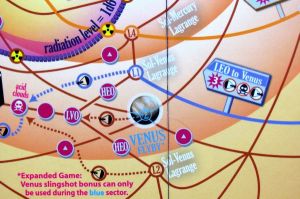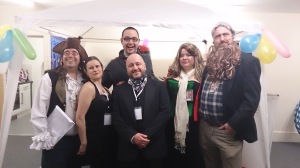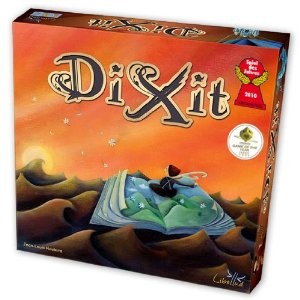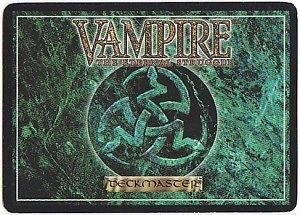 Vampire: The Eternal Struggle (or V:TES) is a compelling customisable card game with an interesting history that remains one of my favourite games of its type. Conceived in the 1990s during the ‘golden era’ of collectible games, V:TES has accrued and maintained a loyal fan base that has supported it all the way through to the game’s 20th anniversary last year and beyond.
Vampire: The Eternal Struggle (or V:TES) is a compelling customisable card game with an interesting history that remains one of my favourite games of its type. Conceived in the 1990s during the ‘golden era’ of collectible games, V:TES has accrued and maintained a loyal fan base that has supported it all the way through to the game’s 20th anniversary last year and beyond.
1) It is Based Upon an Award-Winning RPG
V:TES is based on the Vampire: The Masquerade role-playing game, originally first published by White Wolf in 1991. In the RPG players typically begin as newly-made vampires who must not only deal with the horrors of their new undead condition, but who must also contend with the intrigue and the politics of vampire society, which is concealed from the mortal world. Essentially, all vampires generally agree to work in the shadows and keep the knowledge of their existence a secret – a tradition commonly called ‘The Masquerade’.
A popular myth among vampires is that they are descended in a number of generations from the Biblical figure Caine, who may have been the first vampire. Hence the lower your generation, the closer you are to your origin (and the more potent your blood). Also hence the belief that all vampires are related, leading to the term ‘Kindred’. While the majority of the eldest vampires have been destroyed by the ravages of both mortal and vampire history, many fear that some survive on, slumbering in hidden crypts, and will one day rise up again to enslave or feed upon their undead descendants. A few more paranoid Kindred fear that their own actions in modern nights are supernaturally influenced by these sleeping, warring Methuselahs.
V:TES extends this premise, with each player becoming one of these Methuselahs. Each player has access to a number of cards representing his or her minions and pawns in his or her struggle against the other Methuselahs around the table. Many more cards represent locations, equipment and vampiric powers called Disciplines, all of which are tools in this great struggle. The game frames the conflict between these great vampires, and the last player standing is normally declared the winner.
Both of these Vampire games came before Buffy the Vampire the Slayer and the Twilight Saga, their creators instead citing literary references such as Bram Stoker, Anne Rice and Poppy Z. Brite. The RPG went on to become a big influence within the gaming industry, breaking the mould in the way stories were told, and the way new characters were designed to be fully grounded in the setting. It also spawned a new gaming subculture of social, live-action games using White Wolf’s Mind’s Eye Theatre rules.
2) It is the Only Multi-Player-Only Customisable Card Game
Unlike many other games of its type, V:TES is positioned as a multi-player-only game. You can attempt to play it with 2 players 1-on-1 but it doesn’t work very well that way. The optimum number of players is actually 5, with official events and tournaments comprised of 4- and 5-player tables.
The game however is not a free-for-all. Instead each table is carefully structured so that you can only attack the player on your left – known as your ‘prey’ – and can only be attacked by the player on your right – known as your ‘predator’. The only way to advance is to kill your first prey, so that you can sit next to the following player, who becomes your new prey. And so on – ideally – until you are the last player left standing.
This dynamic means that the players across the table from you are allies, in that you share common enemies between you on each side. The game encourages table-talk, deal-making and back-stabbing. Often if one player becomes very strong, all of the other players at the table will discuss a common strategy for taking them down. No agreements made during the game are binding, and ultimately a player must fall back on the ‘play to win’ strategy of ousting his or her prey.
Although the predator-prey order is fixed, there is a ‘voting’ strategy which counters that dynamic. Each vote will have specific terms and specific targets – once the terms have been set every player will for or against using the number of titled vampire minions at their disposal. The more titles you have, the more votes you can cast, effectively locking out players with few votes from the decision-making process. Hence when building a deck you need to consider your approach to voting.
It follows that the game becomes as much about playing the cards as it is about playing the players, in many ways like a game of poker. Mind games, intimidation, bluffing and feigning positions of weakness are all viable options in the V:TES playbook. Hence the game attracts an interesting selection of fans that are arguably more social and more self-aware than the average gamer.
I’ve remained a fan of the game myself partly because of the great people I get to meet through playing national and international events. Over the last 10 years I’ve travelled to Spain, Sweden, Italy, Poland, Hungary, Germany and even the USA for the opportunity to meet and hang out with some awesome players. (We normally end up playing a number of other games too on top of V:TES.)
Other customisable games such as A Game of Thrones, Babylon 5 and Doomtown (Reloaded) have all promoted multi-player formats, but in official play these formats have always been secondary activities to the primary focus of head-to-head play. V:TES is the only customisable game ever (that I know of) to promote multi-player as the primary competitive format.
3) It is by the Guy Who Designed Magic: The Gathering
The game mechanics of V:TES were devised by Richard Garfield, the same man behind the collectible card game and global phenomenon Magic: The Gathering. In fact, V:TES was published originally by Wizards of the Coast in 1994 as their second game after the original editions of Magic. (Of course, I should point out that the game was originally called ‘Jyhad’ but this was deemed to be politically sensitive and changed after the first printing to Vampire: The Eternal Struggle.)
There were some similarities between these two Deckmaster games, such as ‘tapping’ a card to indicate its activation, and defending a finite number of player resources (‘life’ in Magic, but ‘pool’ in V:TES). There are however many more differences – e.g. a deck in V:TES is actually split into two components called the ‘library’ and the ‘crypt’.
Contrary to Magic, in V:TES there is no mana resource and instead you must purchase cards using the same pool of counters s which you are trying to defend – resource management is hence much more important. In V:TES you may take new cards into your hand only by playing or discarding the cards you currently have, also making hand- and deck-management much more important.
To capture the flavour of the RPG on which it was based, in V:TES many library cards can only be played by vampire minions that have the required Discipline. The requirement is done by icon-matching – i.e. the symbol on the card must match a symbol on the vampire minion. Most Discipline cards also have two levels – the same icon as a square (inferior) and a diamond (superior).
The dynamic between players is also very clever, in that when a minion takes an action there is usually an opportunity for other players to block. Playing ‘stealth’ cards on your action allows you to sneak past an opponent’s block attempt, but if your opponent then plays ‘intercept’ this cancels out the stealth. Hence when building a V:TES you need to balance how effective it is at doing its thing against your ability to counter the play of the other players around you.
4) The Game Has Been Brought Back From the Dead
Following the original success of V:TES (originally Jyhad) Wizards of the Coast produced 3 expansion sets for the game – Dark Sovreigns, Ancient Hearts and Sabbat. However in 1996 after the release of the last set they announced that they would not produce any further material for the game.
This did not deter the V:TES player community however, who had by this point grown into a fan organisation called the Vampire Elder Kindred Network (VEKN). The VEKN had volunteer ‘Princes’ in many cities in USA, Europe and the rest of the world that were organising regular friendly games and tournaments in their local areas. Championship events at national and international level were drawing hundreds of players. With a certain degree of love – and a certain degree of stubbornness – the VEKN simply carried on, ensuring that interest in the game continued to thrive.
In response to this dedicated but informal support from the community White Wolf – the publisher of the Vampire RPG – decided to acquire the rights from the game from WotC to publish the game themselves. The relaunch began in 2000 with Sabbat War (a reworking of the previous Sabbat set with some new cards and starter decks) which proved to be popular enough to secure a new lease of life for the game. White Wolf published many more sets on an approximately annual schedule all the way though their own acquisition by CCP up until the last set Heirs to the Blood released in 2010.
Currently V:TES is out of print, but the fact that the game has been here before gives the player community hope that it will be published again in time. We also take heart from the success that Fantasy Flight Games has recently had in rebooting other classic customisable card games such as A Game of Thrones and Netrunner in a fixed, non-collectible format (which they call a Living Card Game).
The tabletop gaming industry itself has changed massively in the last few years, largely due to the pioneering format of crowdfunding sites such as Kickstarter. It is now theoretically possible for the player community itself to fund a new printing of VTES – the only hurdles being the licensing of the appropriate intellectual properties and artwork.
5) New Cards are Still Being Designed and Published
It is of course difficult to maintain interest and discussion in a customisable card game when there are no new cards to play with. Acknowledging this, 3 years ago the VEKN set up a project to start producing new, fan-originated cards that would be ‘officially’ approved for competitive play.
This Design Team took up the mantle from the game’s former designer L. Scott Johnson with a mandate to further explore the game’s design space, addressing potential balance issues, presenting new strategic choices and finding ways to increase the utility of existing older cards. I was fortunate enough to be invited to be part of this team.
After a few minor setbacks we were able in 2013 to publish the first VEKN sponsored set called Danse Macabre, which focused on adding more vampires and strategic options for the Sabbat sect. This was followed by a second set in 2014 entitled The Unaligned which focused on the Independent clans of the Assamites, Gangrel, Giovanni, Ravnos and Setites. Both sets were warmly received by the player community and we are currently working on a third, Anarch-themed set which we hope to release later in 2015.
Obviously we have no license to sell any gaming materials in any commercial capacity. We have settled for the time being on a compromise where the cards are freely available for download from www.vekn.net and for tournament play they should be printed and inserted inside card sleeves.
I should say that our new cards would not be complete without the amazing work of our volunteer artists, who have submitted a number of works for us to use entirely free of charge. The overall quality has quite frankly blown us away. We are incredibly lucky to have such support, and we are very conscious that this situation may not last. If you are an artist, or know anyone who would like to help us create new cards that will be played worldwide, then please get in touch to let me know.





